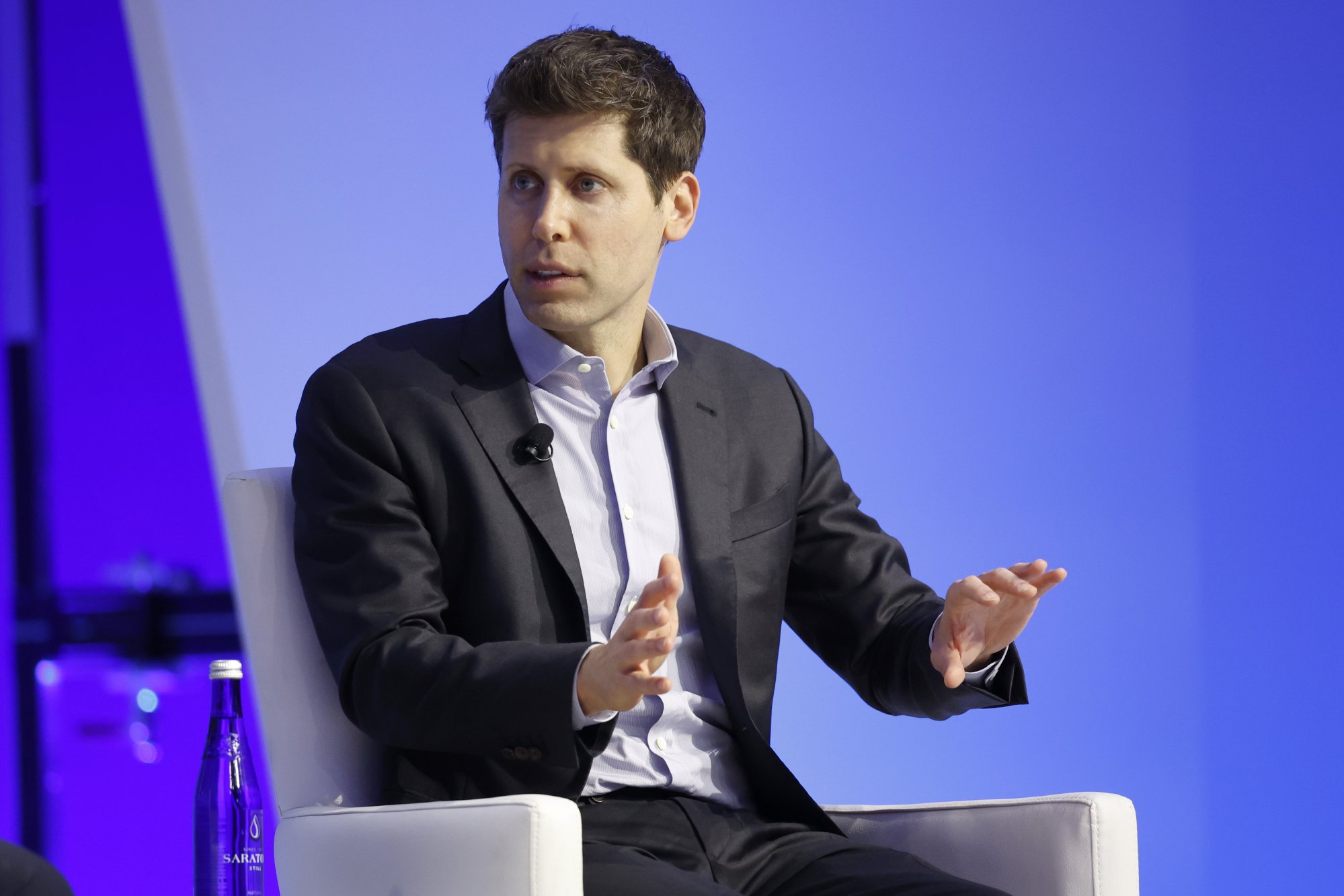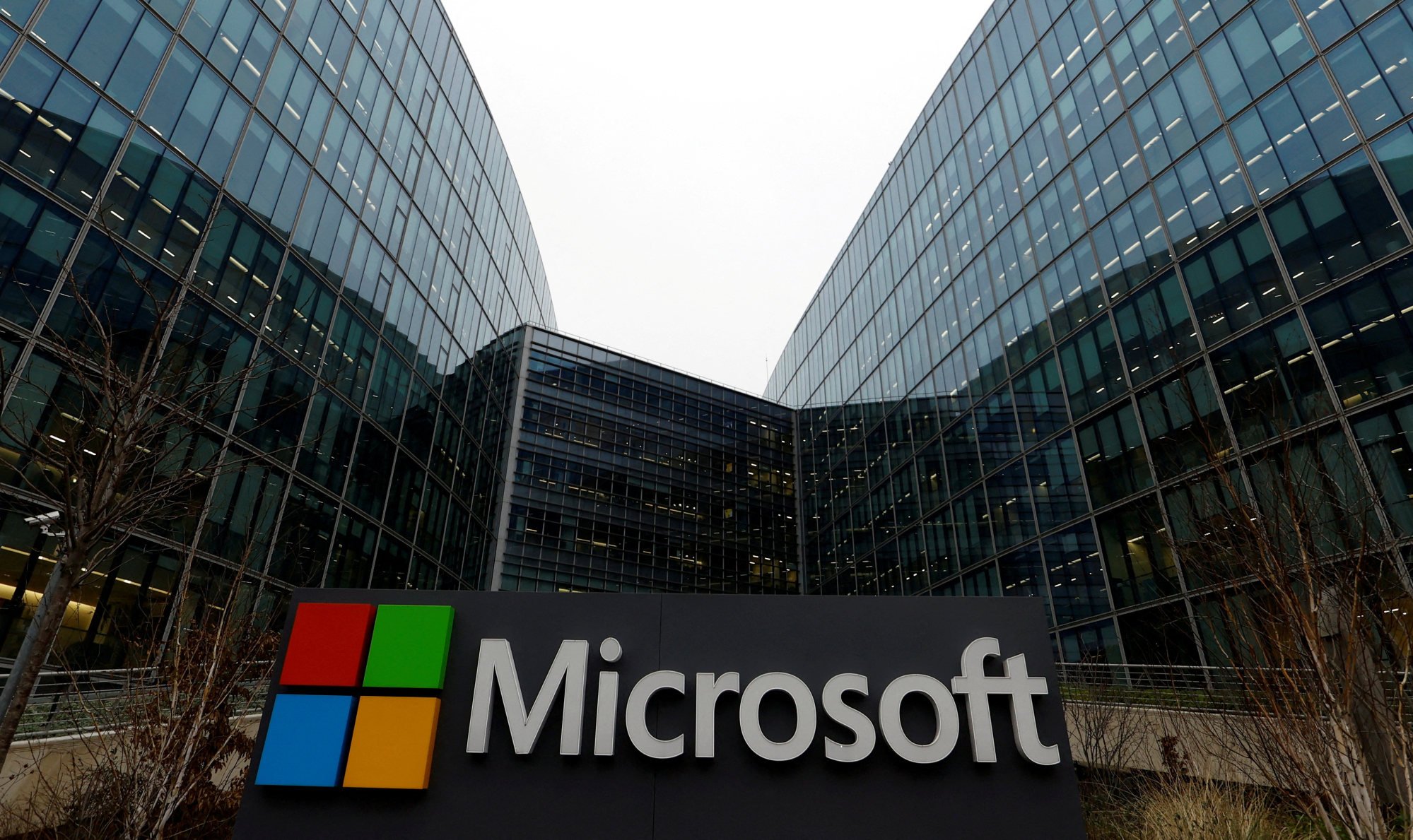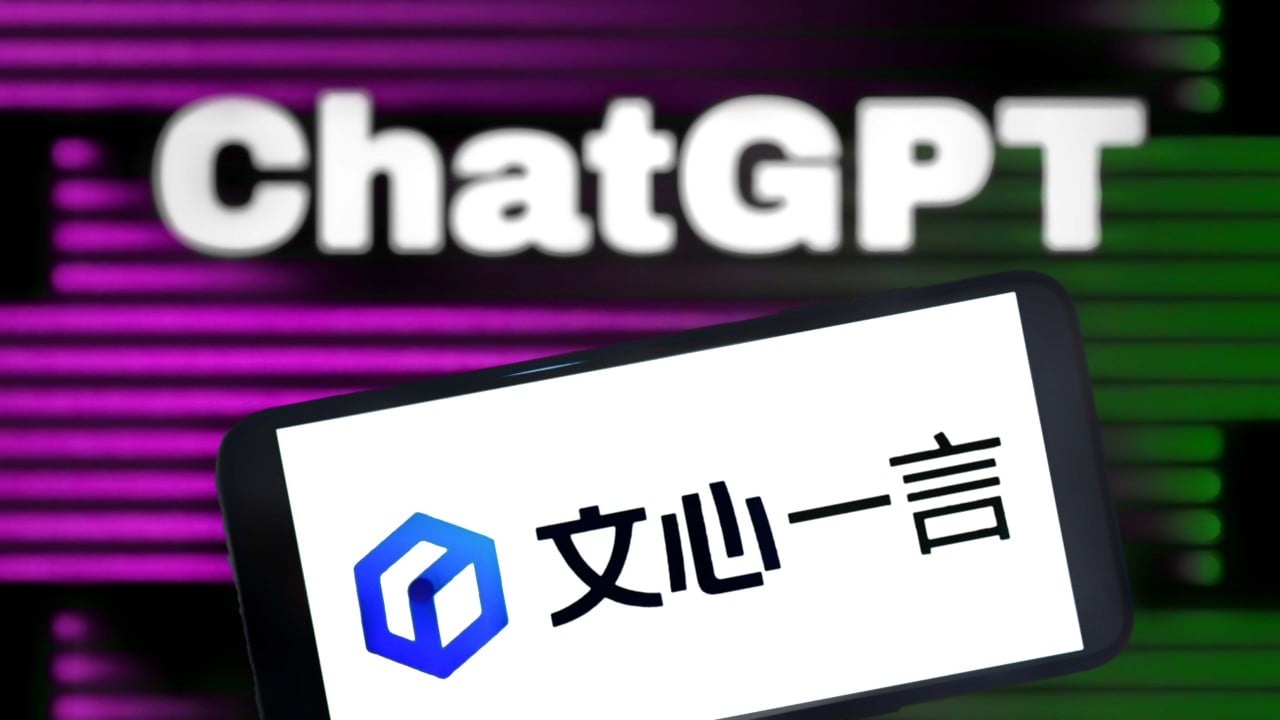When AI researcher Sasha Luccioni went to business conferences and speaking events last year, she would field basic questions like: “What is artificial intelligence?” Now, she said, the people she meets are not only familiar with AI, they are worried about whether it will “take over the world”.
What changed, she said, was ChatGPT. On November 30 last year, the public gained access to OpenAI’s chatbot, which could create expansive – though not always reliable – written responses to simple prompts from users. It fundamentally shifted how people think about artificial intelligence, if they ever thought about it at all.
For years, tech companies used AI to make recommendations, detect harmful content online and power self-driving cars. With ChatGPT, however, AI was not just something operating under the hood of products; it was the product.
Almost overnight, people began using ChatGPT to write song lyrics, draft emails, summarise documents and craft speeches at weddings. Some even turned it into their personal therapist. Where previous chatbots were often an annoyance, ChatGPT, with its simple user interface and rapid-fire colourful responses, was a source of genuine awe and amusement.
One year later, ChatGPT is used by 100 million people a week, according to OpenAI.
“ChatGPT was the point when AI came into the public consciousness,” said Luccioni, who works at AI start-up HuggingFace. But with that also came a new era of AI anxiety.
There were numerous reports that ChatGPT, which is built on a vast trove of online data to generate relevant responses, could spread misinformation, perpetuate biases, threaten jobs and help students cheat on assignments.
The tension between the promise and peril of AI spilled into full view just ahead of ChatGPT’s one-year anniversary.
To some, AI tools like ChatGPT suddenly heralded a future when artificial intelligence surpasses humans and possibly wreaks havoc. To others, ChatGPT and its peers are simply more powerful versions of auto-complete and build on previous AI advancements. “This has been an inflection point in AI,” Li said, “but not the only one.”

None of the concerns stopped the advancement of, and investment in, AI.
In the year since ChatGPT launched, OpenAI has introduced more powerful AI models, the option to build customised ChatGPT experiences and a feature that lets the chatbot respond to spoken questions and commands with speech of its own. Meanwhile, a growing list of start-ups and Big Tech companies are racing to keep up.
Investors poured more than US$21 billion into generative AI start-ups in the first nine months of this year, up from just over US$5 billion last year, according to data from PitchBook.
The frenzy over AI extended far beyond the tech industry.
JPMorgan is testing AI applications that can generate earnings summaries for every company that the bank tracks and a help-desk service that provides problem-solving steps.

Healthcare professionals are using AI to automatically turn patient conversations into notes. Media companies leaned on AI to write articles – making some blatant errors in the process. And politicians are turning to AI for speech writing, campaigning and fundraising.
There have been 20 times more jobs that list AI in the title or job description since ChatGPT premiered, according to a November report from jobs site Indeed. And those roles are not just isolated to the tech industry.
“There’s been explosive growth in AI job postings,” said Nick Bunker, the director of North American economic research at Indeed.
However, the number of AI roles remains small overall, accounting for six in 10,000 listings posted to the job site. Even though ChatGPT kicked off the frenzy around generative AI, the market is much bigger than ChatGPT.
“We should be ahead of the curve in responsible use for this technology,” Li said. “It has substantially increased the conversations and debates, but we need to approach it more thoughtfully through providing education and context.”


